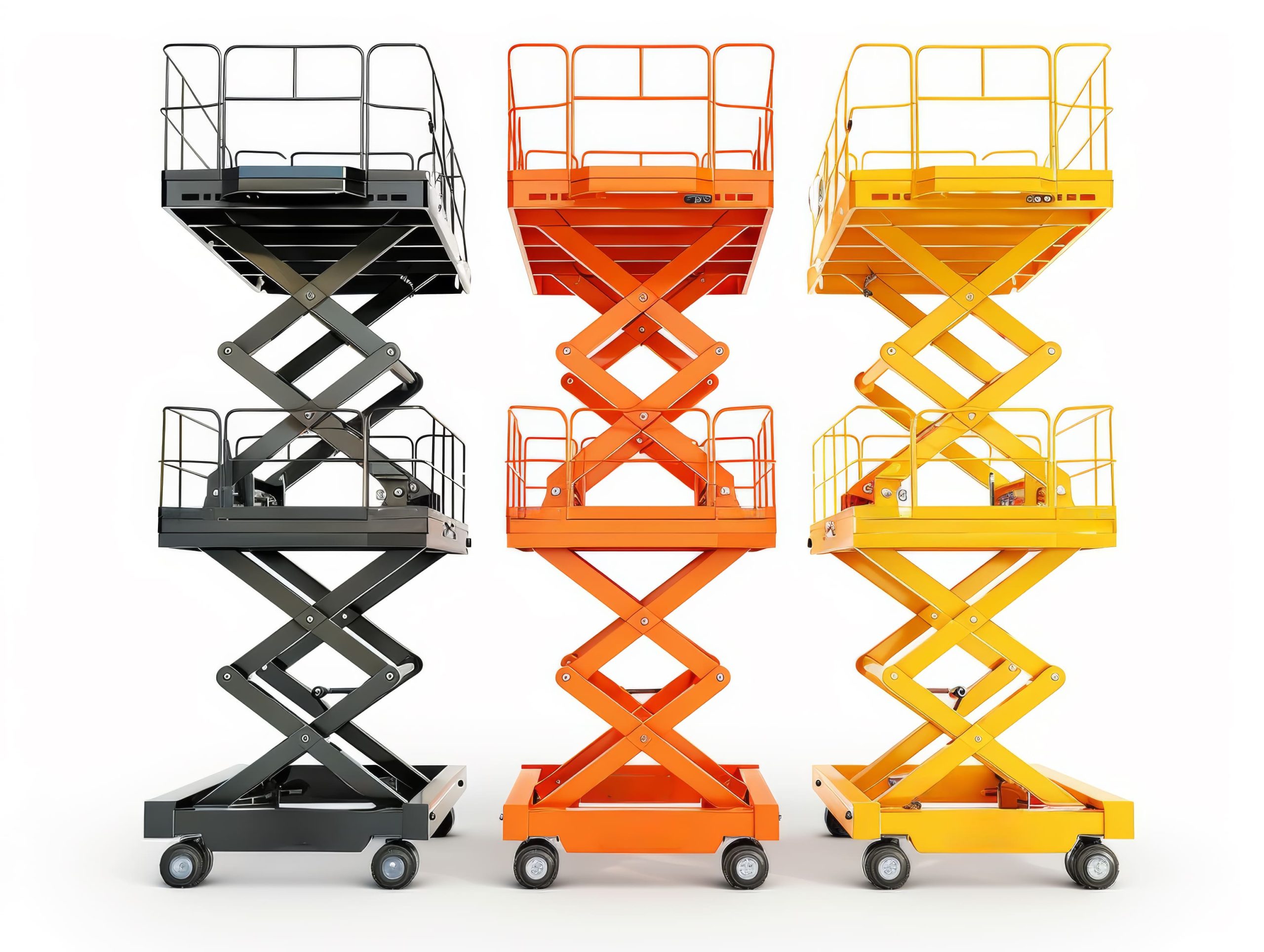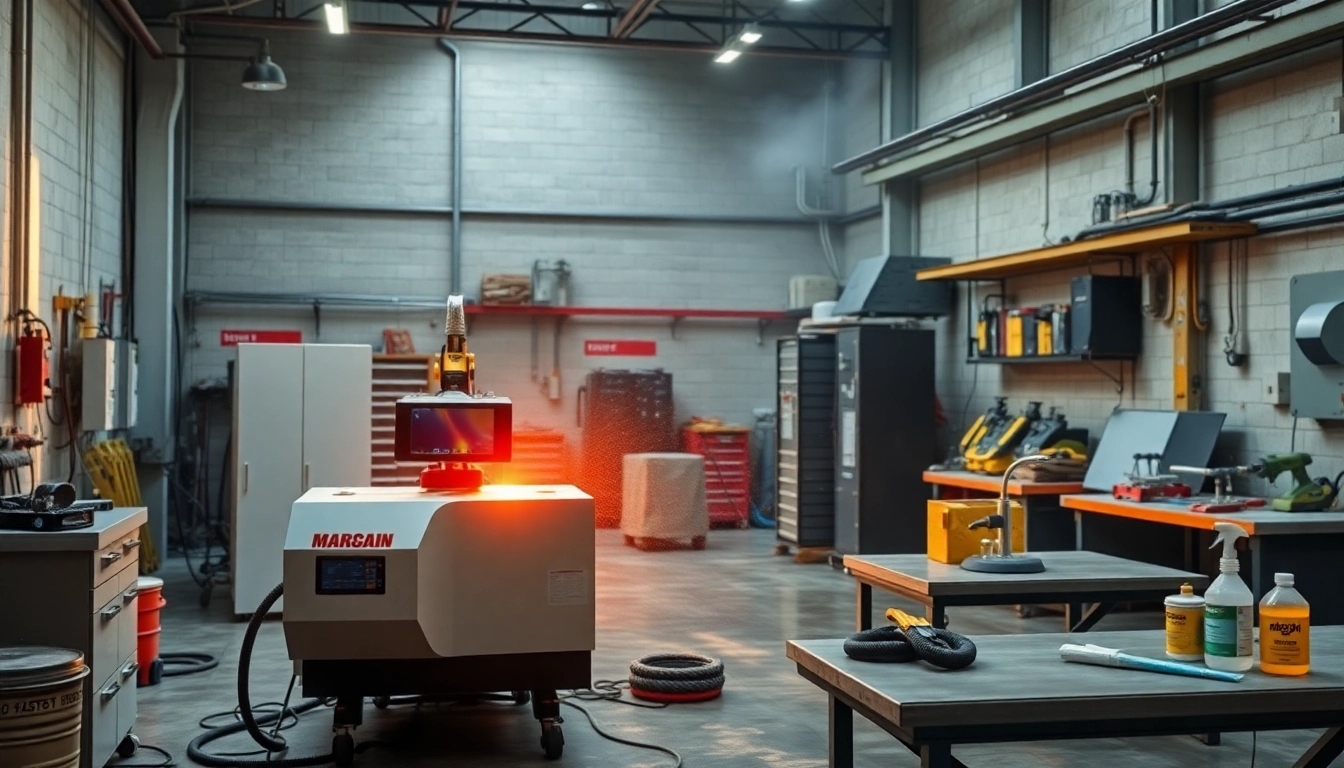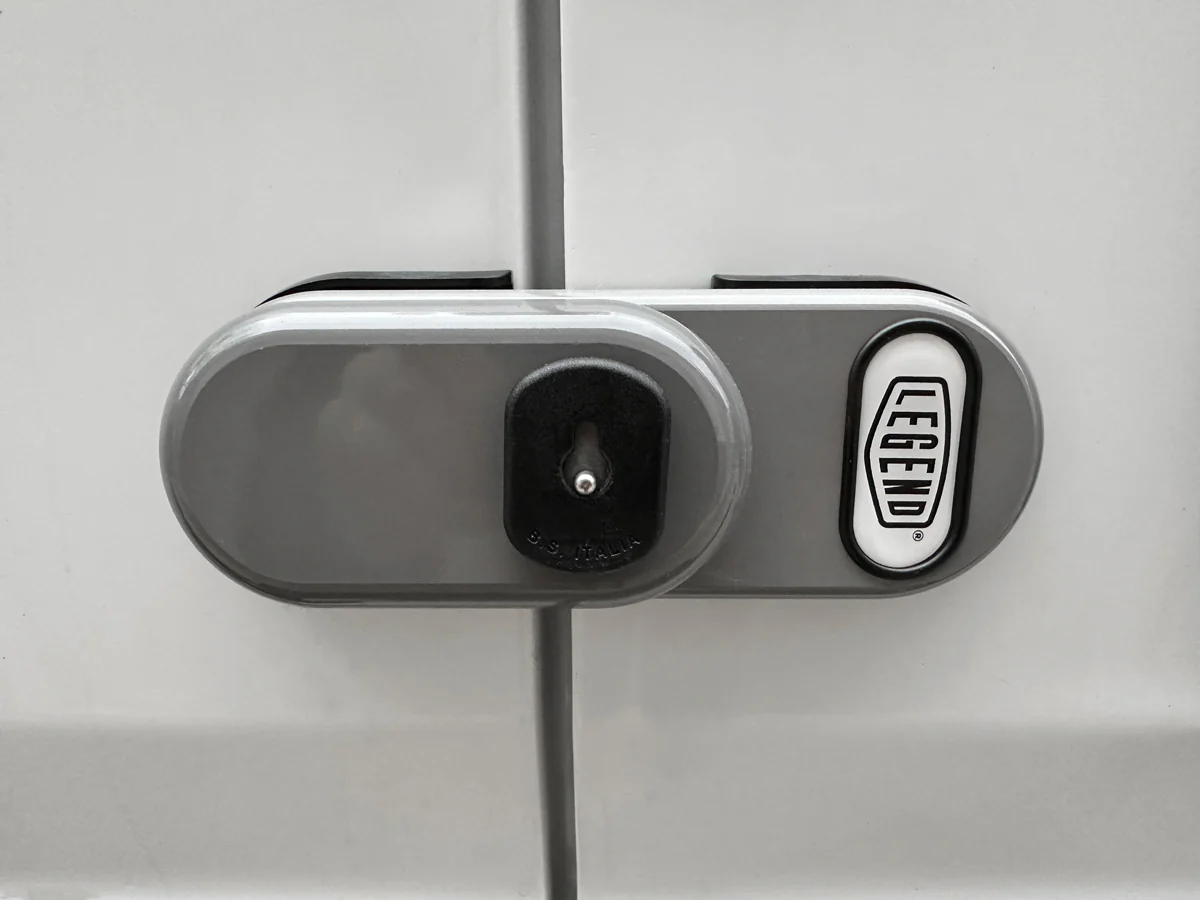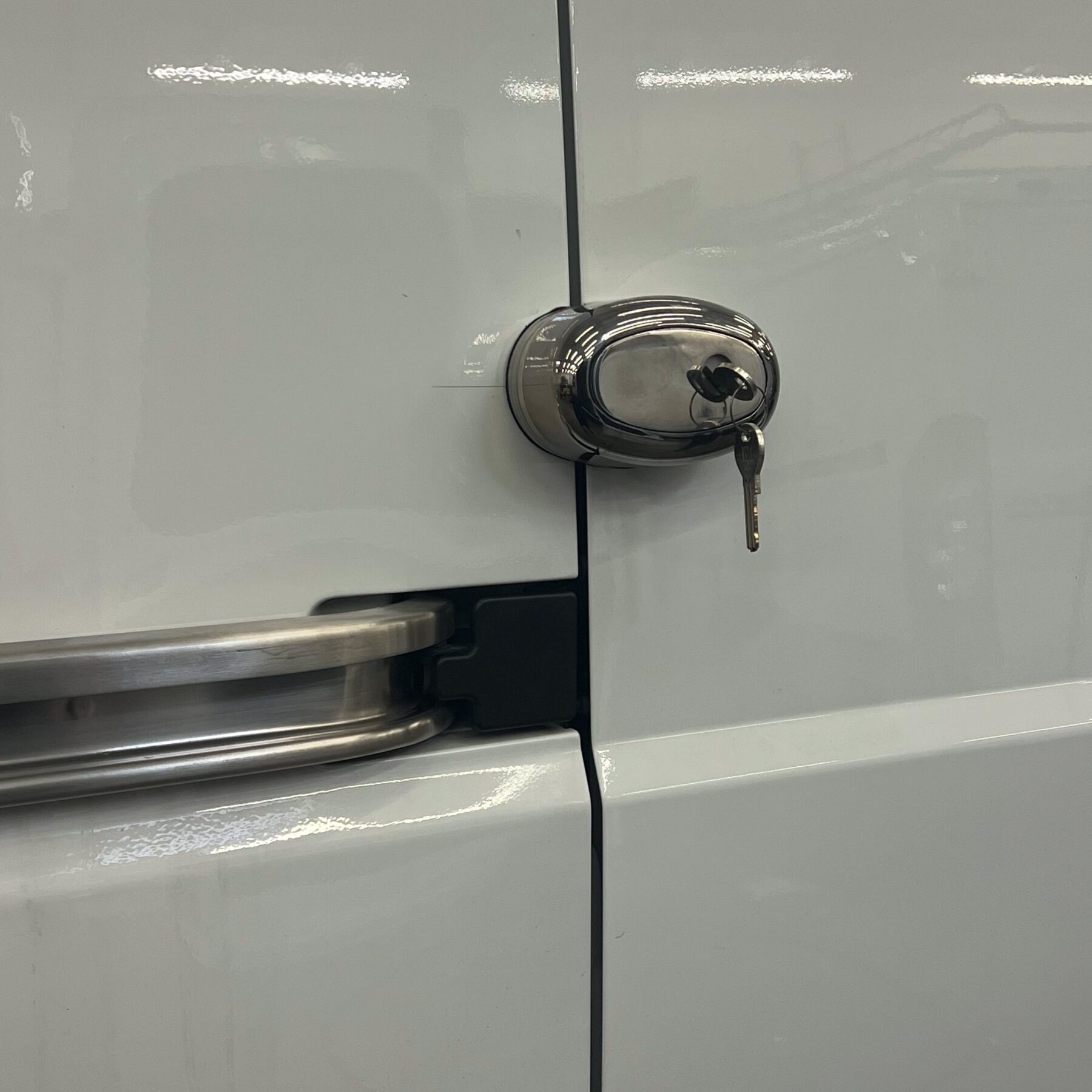What is a Solenoid Coil?
Definition and Basic Principles
A solenoid coil is a crucial component in the field of electromagnetism, essentially acting as a type of electromagnet. By winding a wire into a helical shape, a solenoid coil generates a magnetic field when an electric current passes through it. This property enables the coil to convert electrical energy into mechanical energy, which can perform various functions in numerous applications, ranging from industrial machinery to consumer electronics.
Understanding the basic principles involves recognizing the relationship between electricity and magnetism, governed by Faraday’s law of electromagnetic induction. According to this law, the magnetic field strength produced by a coil is directly proportional to the amount of electric current flowing through the wire and the number of turns in the coil.
Components of a Solenoid Coil
The construction of a solenoid coil typically involves several key components:
- Wire: Usually made from copper or aluminum, which are excellent conductors. The wire is wound into a coil to maximize the magnetic field.
- Core: Often made from ferromagnetic materials such as iron or steel, the core enhances the magnetic field created by the coiled wire.
- Insulation: Essential for preventing short-circuiting between the coil windings, the insulation helps maintain efficiency; often made from materials like enamel.
- Terminals: These connections facilitate the flow of electricity in and out of the coil.
The Working Mechanism of Solenoid Coils
The operation of a solenoid coil is straightforward yet fascinating. When an electrical current is applied to the wire, the coil creates a magnetic field around itself. The characteristics of this magnetic field can be manipulated by altering factors like the current intensity, wire turns, and core material. This magnetic field can then either attract or repel other magnetic materials, which is the principle behind many actuator systems.
For example, in a simple solenoid valve, when the coil is energized, the magnetic field lifts a plunger or armature that opens or closes a valve, controlling fluid flow. If de-energized, the spring mechanism returns the valve to its default state, demonstrating the on-off functionality characteristic of solenoid coils.
Types of Solenoid Coils
AC and DC Solenoid Coils
Solenoid coils primarily come in two varieties based on the type of electrical current they operate on:
- AC Solenoid Coils: Designed for alternating current, these coils typically feature a robust construction that allows them to handle fluctuations in electrical input. They are often used in applications requiring rapid on-off cycling due to their faster response times.
- DC Solenoid Coils: Direct current solenoids are commonly utilized in applications requiring consistent power and a steady magnetic field. These coils produce a stronger magnetic field for a given size compared to AC coils and are often powered by batteries or power supplies.
Choosing between AC and DC solenoids depends on the application’s voltage requirements, desired switching speed, and power supply availability.
Industrial vs. Automotive Solenoid Coils
Another significant categorization of solenoid coils occurs between industrial and automotive applications. Industrial solenoids are primarily employed in heavy-duty machinery and automation systems where reliability and longevity are paramount. They’re often designed to operate under harsh conditions, handling higher voltages, and continuous operation.
On the other hand, automotive solenoid coils are typically used in vehicle ignition systems, fuel injectors, and engine control modules. These solenoids require compact designs with quick response times to ensure efficient vehicle operation. Both types necessitate distinct characteristics tailored to their operational environments and specific applications.
Specialty Solenoid Coils and Their Uses
Within the realm of solenoid technology, specialty coils are designed for specific functionalities or environments. For example:
- Explosion-Proof Solenoid Coils: These are engineered for operation in hazardous environments, employing materials and designs that resist ignition of dust or gas fumes.
- Miniature Solenoid Coils: Used in applications requiring space efficiency without sacrificing performance, such as in medical devices and compact consumer electronics.
- High-Temperature Solenoid Coils: These coils are specifically designed to withstand elevated temperatures while maintaining functionality, utilized in industrial settings with extreme thermal conditions.
By carefully selecting specialty solenoid coils, industries can achieve greater efficiency and safety in their respective applications.
Applications of Solenoid Coils
Common Uses in Automation
Solenoid coils play a pivotal role in automation and control systems. They are integral in machines for controlling mechanical movements, such as:
- Automated valves controlling fluid flow in HVAC systems.
- Robotic arms in manufacturing processes that require precise movements based on electrical signals.
- Pneumatic systems that utilize solenoids to control air pressure and movement within various applications.
In all these cases, the solenoid coil acts as the operator of the mechanical process, translating electrical signals into physical actions efficiently.
Role in Hydraulic Systems
In hydraulic systems, solenoid coils are essential for valve operations. These coils function to control the flow and pressure of liquids through hydraulic actuators and cylinders. When the coil is energized, it activates a corresponding hydraulic valve, allowing for the controlled release or flow of hydraulic fluid, enabling machines to perform tasks such as lifting, pushing, or rotating heavy objects.
Applications include construction machinery, where precise hydraulic control is necessary for safe and effective operation, as well as in automotive hydraulic systems that assist in braking and steering.
Applications in Household Devices
Solenoid coils are also commonplace in household devices, enhancing convenience and functionality in our daily lives. Common uses include:
- Electric Door Locks: Using solenoids to control locking mechanisms that ensure security.
- Washing Machines: Activating valves for water intake and other automated functions.
- Sprinkler Systems: Controlling the flow of water to various sections of a landscaped area, ensuring efficient irrigation.
These applications underscore the versatility and importance of solenoid coils in modern households, contributing significantly to automation and user comfort.
Installation and Maintenance of Solenoid Coils
Installation Guidelines for Optimal Performance
To ensure efficient function and longevity of solenoid coils, adhering to proper installation guidelines is essential. Key considerations include:
- Power Supply Compatibility: Verify that the power specifications, such as voltage and current type (AC or DC), match the solenoid coil requirements.
- Proper Mounting: Ensure that the solenoid is mounted securely and aligns with its intended function; this often requires specific orientation depending on the application.
- Connection Integrity: Use appropriate connectors and wiring to prevent electrical resistance and ensure secure connections.
Compliance with these guidelines can significantly enhance the functionality and lifespan of the solenoid coil.
Regular Maintenance Practices
Regular maintenance is crucial in ensuring the performance and reliability of solenoid coils. Suggested practices include:
- Visual Inspections: Routinely check for signs of wear, corrosion, or physical damage on the coil and surrounding components.
- Electrical Testing: Verify voltage and resistance levels to evaluate the coil’s electrical integrity.
- Cleaning: Use non-corrosive cleaning agents to remove dust and grime that may impede performance.
Implementing these maintenance strategies helps to proactively address potential issues, prolonging the solenoid coil’s operational life.
Troubleshooting Common Issues
Even with preventive measures, issues can arise with solenoid coils. Common problems include:
- Non-Operation: If the solenoid fails to actuate, check for power supply issues, such as blown fuses or disconnected wires.
- Overheating: This may result from prolonged use or inadequate power handling. Ensure the coil’s specifications align with the application demands.
- Erratic Operation: This can often be traced back to poor connections or debris within the system, best resolved through thorough cleaning and inspection.
By following a systematic approach to troubleshooting, users can swiftly diagnose and rectify issues, optimizing the performance of solenoid coils.
Future Trends in Solenoid Coil Technology
Innovations in Design and Materials
The future of solenoid coil technology is promising, with advancements in design and materials improving performance and efficiency. For instance, the adoption of lightweight materials and innovative winding techniques enhances coil performance while reducing size. Additionally, advancements in computational design enable more precise engineering, allowing for custom solenoid coils that meet specific application demands.
Impact of Smart Technology on Solenoid Coils
As industries increasingly embrace smart technologies, solenoid coils are evolving to adapt. The integration of IoT and automation technology allows for remote actuation and monitoring, optimizing operational efficiency in sectors like manufacturing and logistics. The future promises not only improved efficiency but also enhanced adaptability of solenoid coils in smart systems.
Sustainability and Eco-friendly Developments
With a growing focus on sustainability, manufacturers are exploring eco-friendly materials and energy-efficient designs for solenoid coils. Innovations such as energy-harvesting technologies and recyclable materials could lead to more environmentally responsible solenoid solutions. These developments align with global initiatives aimed at reducing environmental impact and promoting sustainability in engineering practices.














Leave a Reply